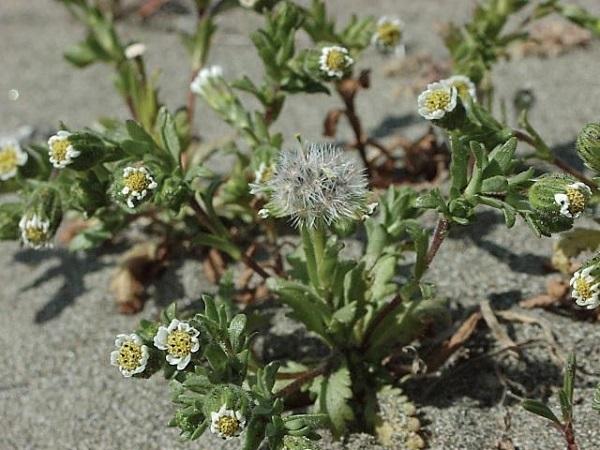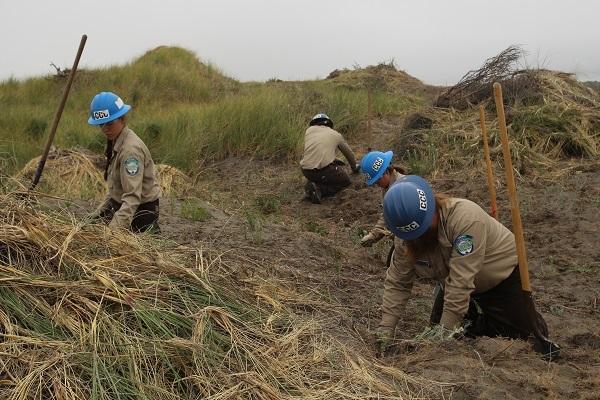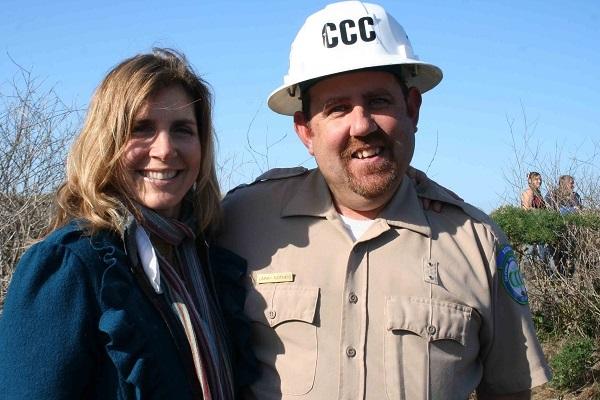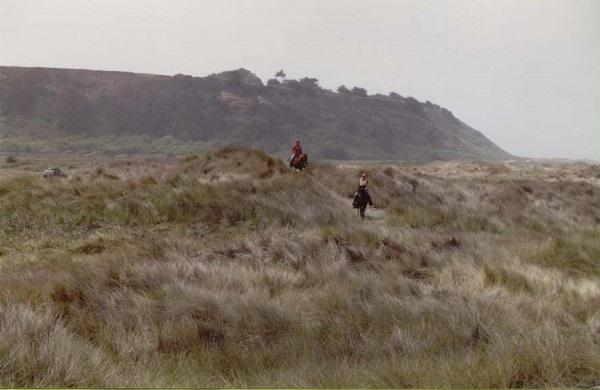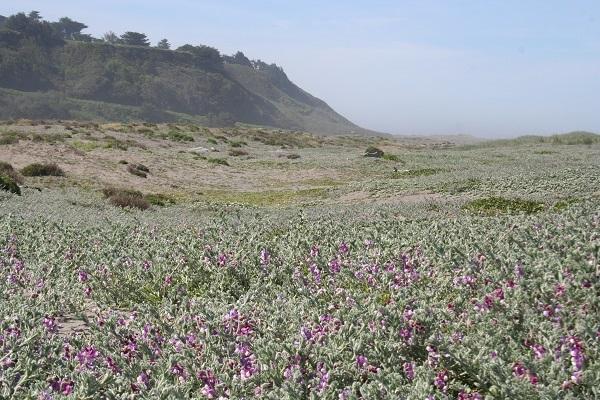Related Stories
- BLM Recreation Sites Available to All: Exploring Accessibility on California’s Public Lands
- BLM California partners to secure America’s border
- Meet the Engineers: BLM California celebrates 2025 National Engineers Week by getting to know some of our finest!
- Honoring Excellence in Service: Ranger Perez Recognized as BLM California Ranger of the Year
- A good day for a wild burro named “Piper”
Office
1695 Heindon Road
Arcata, CA 95521-4573
United States
Phone:
Email:

